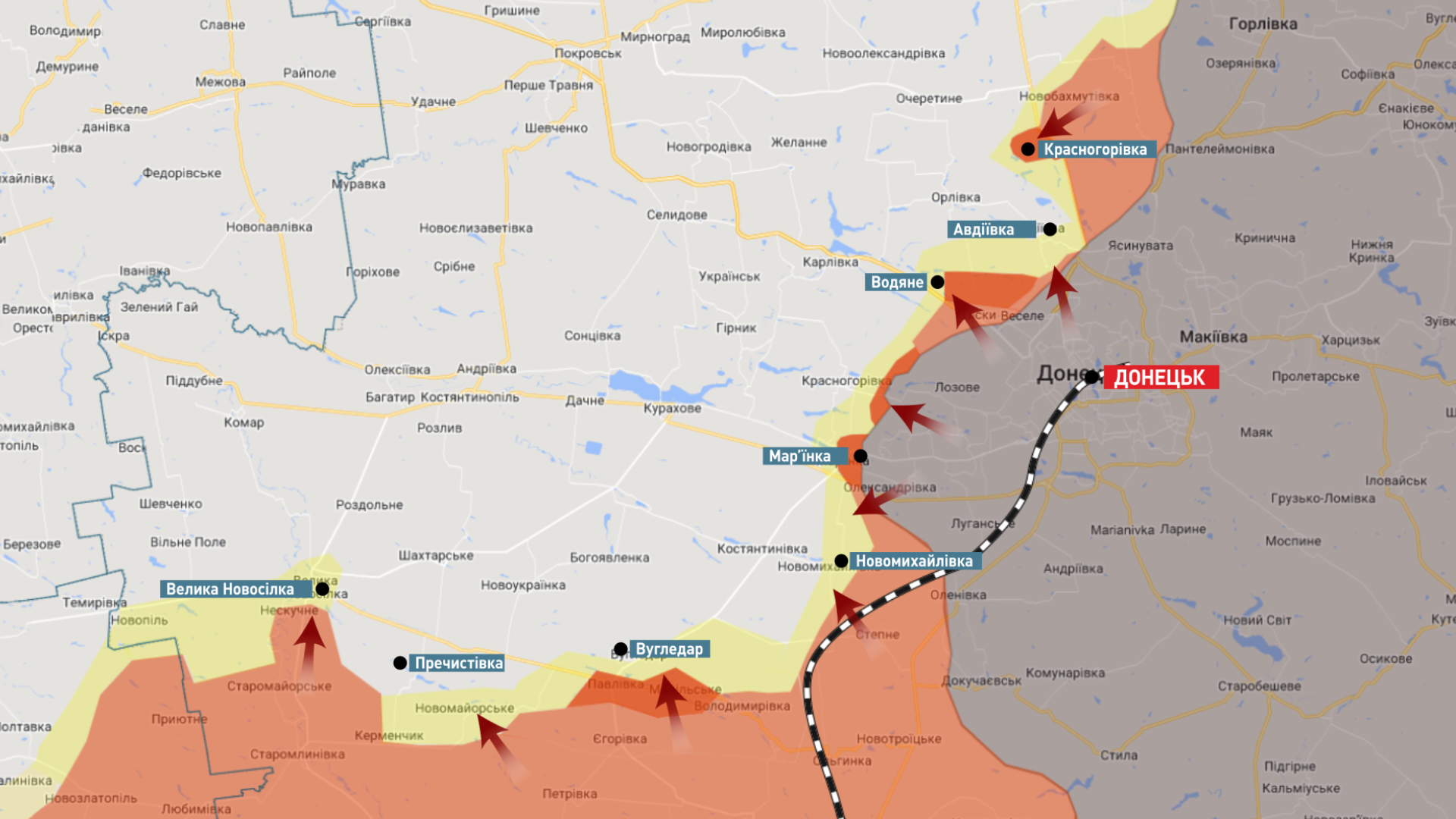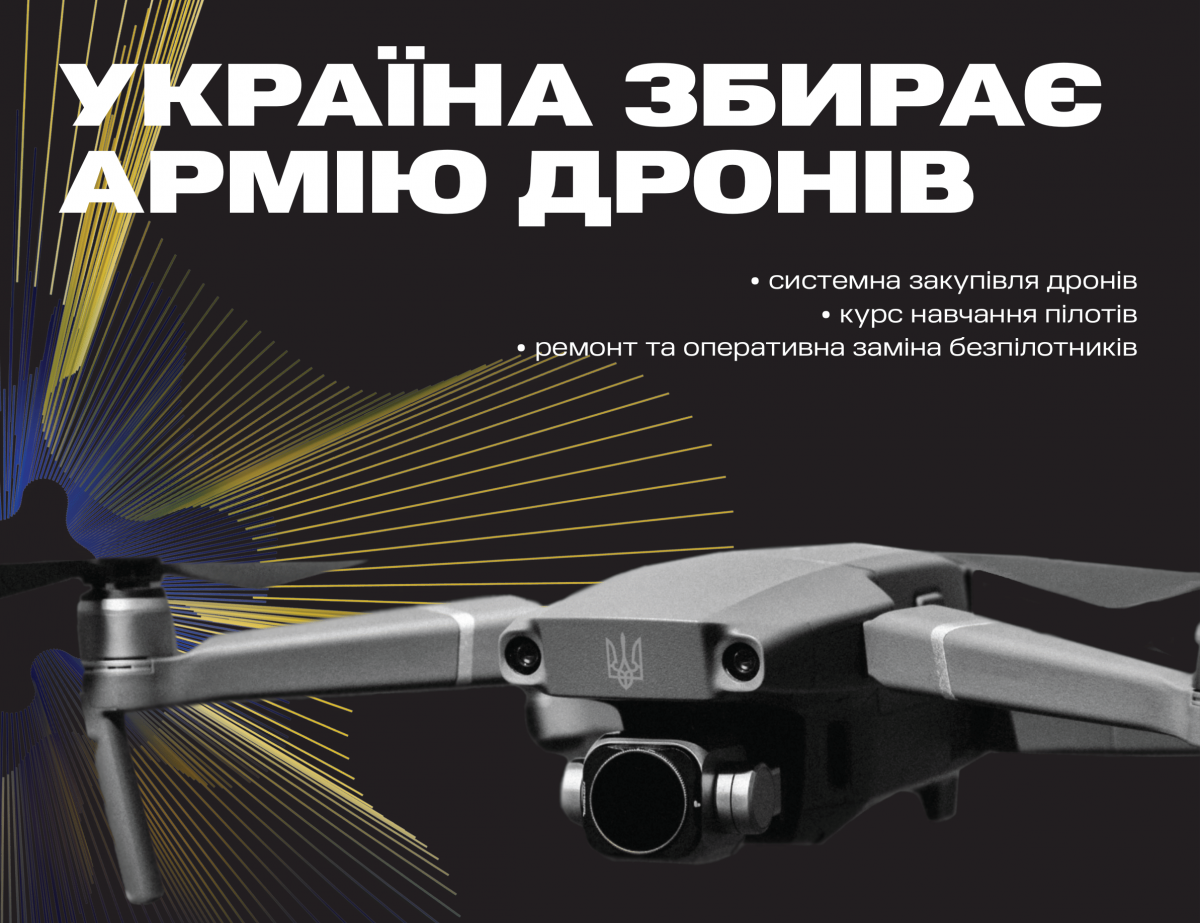
Shortest way to the Sea of Azov begins in Vuhledar. Military expert Serhiy Zgurets
After active hostilities near Vuhledar, the intensity has decreased in this direction, but Russians continue to destroy the city. Ukrainian positions near Vuhledar are the shortest route to the Sea of Azov
The enemy continues active combat operations in four direction
According to a report from the AFU General Staff, the Ukrainian army successfully defended against over 20 enemy attacks in four different directions. The General Staff highlighted the four most heavily targeted areas: Lyman, Bakhmut, Avdiivka, and Marinka. The intensity of hostilities in the fifth direction, Vuhledar, has decreased after a prolonged period of activity. However, the enemy has recently increased the use of free-falling aerial bombs against Ukrainian units in this direction. The reason behind this is that the positions of the Ukrainian army near Vuhledar are the shortest route to the coast of the Sea of Azov.
Russians increase artillery shelling of Vuhledar
According to Nazarii Kishak, the commander of the machine gun platoon of the 72nd separate mechanized brigade, the enemy has reduced the pace of their offensive on Vuhledar. However, the attacks on the city persist. While the enemy previously attacked in medium-sized groups, they now conduct combat reconnaissance in smaller groups, attempting to locate Ukrainian army command posts, observation points, and positions. The dynamics of enemy artillery fire have not decreased but rather increased. Since the Russians are unable to confront the Ukrainian infantry, they are resorting to scorched earth tactics, destroying cities and villages.

Combat operations in the Donetsk region as of April 10
Nazarii Kishak also discussed the operations of his 72nd brigade in Vuhledar. He noted that the enemy avoids direct conflict with the machine gunners as they use crossfire from American Browning M2 machine guns when the attack on Ukrainian positions begins. The machine gunners' crossfire is so effective that the enemy often cannot leave their trenches. Additionally, there are no issues with the supply of ammunition and communication with the command has improved, allowing for quick reactions to enemy actions.
Kishak also mentioned that the enemy's aviation has been increasingly active in the Vuhledar region. The enemy's aircraft systematically operates in the city of Vuhledar and the surrounding areas, making several sorties every day.
Drones are one of the main tools in the war against Russia
Artem Platonenko, the head of the training department at KVADRO.UA LLC, stated that their company primarily deals with imported drone models and provides training, maintenance, and repair services for drones. Additionally, they have experts who design and develop their own drone prototypes and collaborate with Ukrainian manufacturers.
Platonenko mentioned that there have been positive changes in the supply of drones from Europe, as many drones were previously stuck at the border, but they are now being actively imported into Ukraine. He also highlighted that there have been favorable developments in the supply and taxation of drones and their components, which is significant news.

Regarding the development and production of drones, Platonenko mentioned that the primary resources come from volunteers, and the company usually works with ready-made drones. He also mentioned that KVADRO.UA LLC receives state funding for drone development and design and collaborates with the Army of Drones project. Their specialists provide operator training, and although there were some initial bureaucratic issues, they established cooperation with the project managers.
- News














































